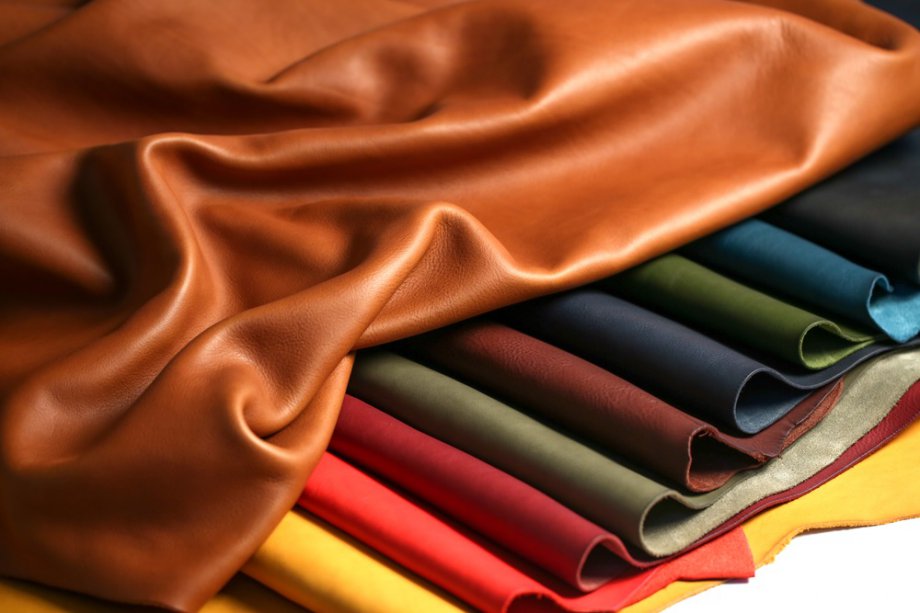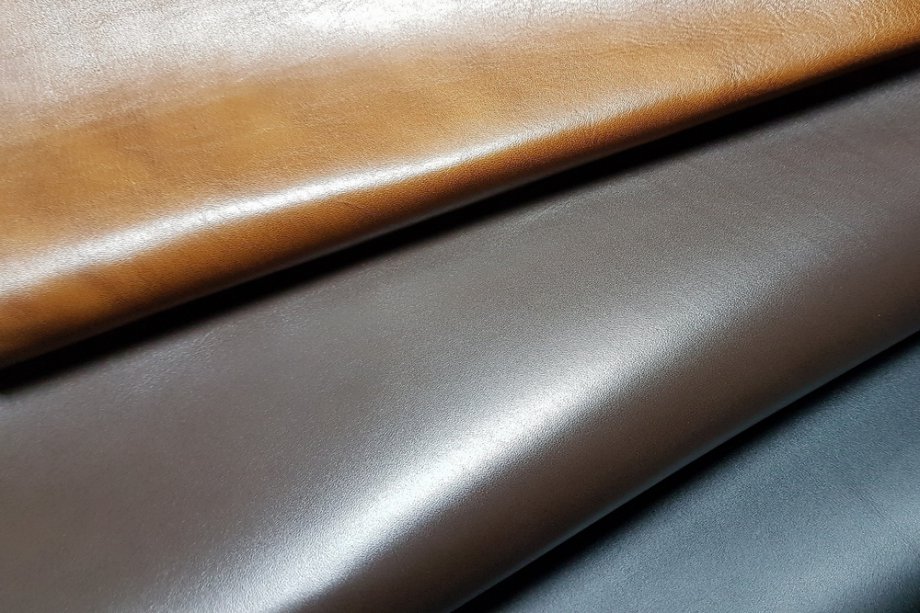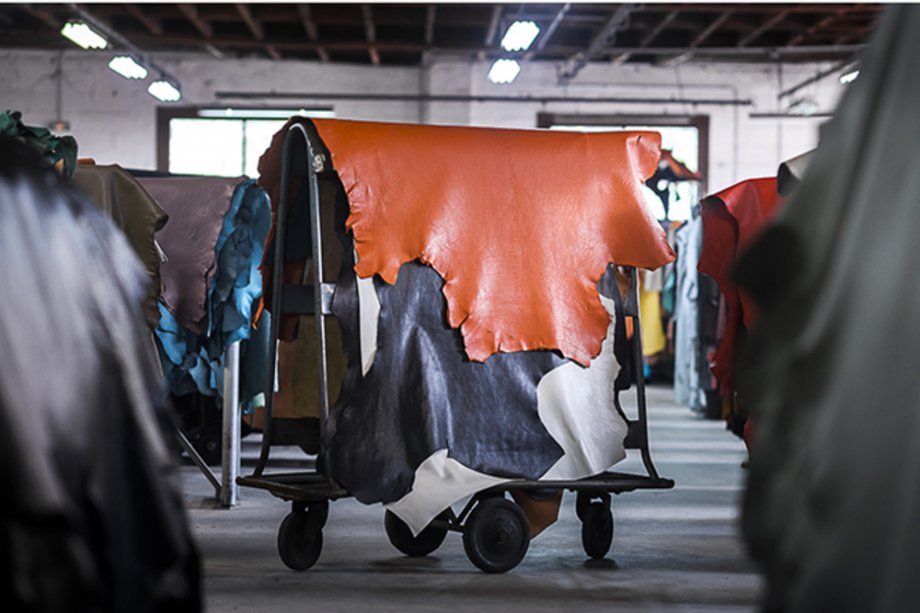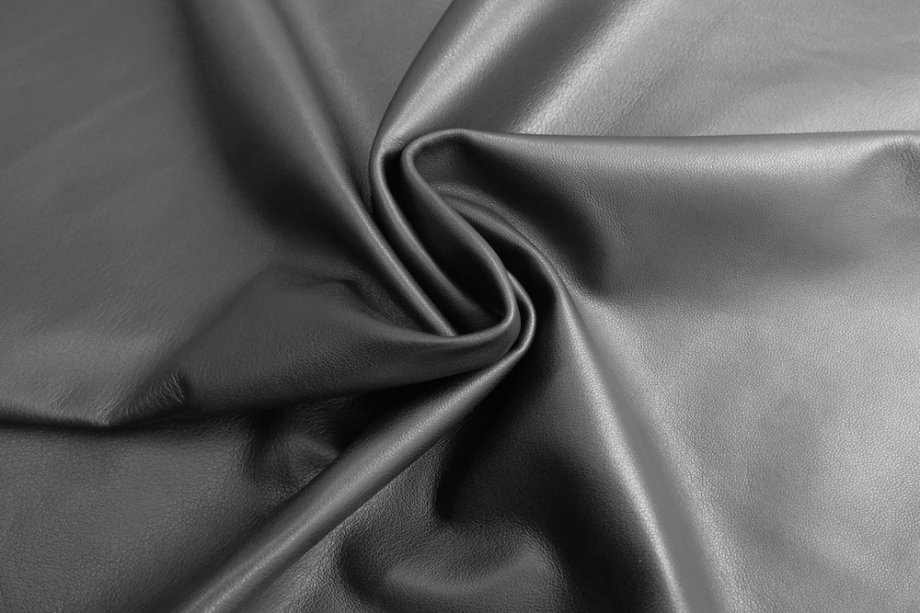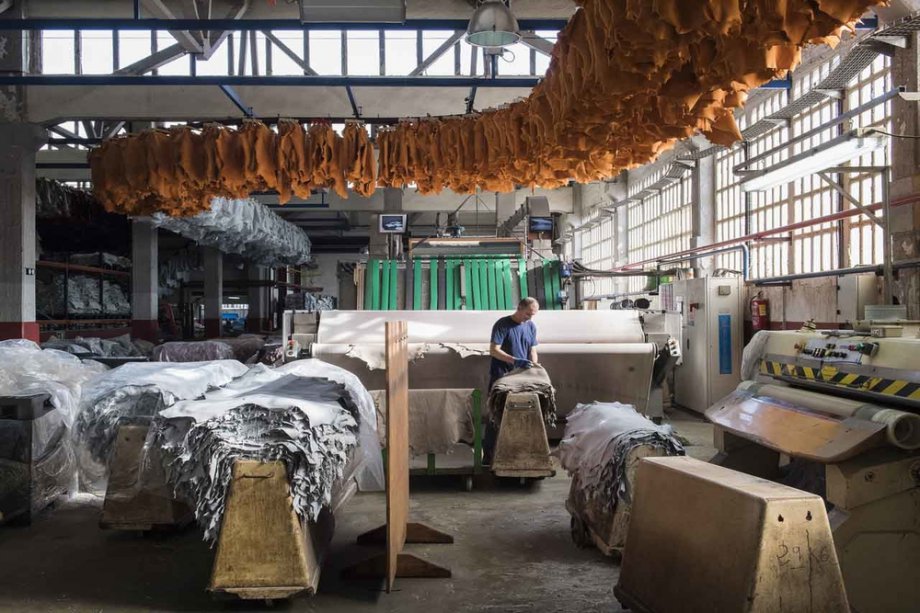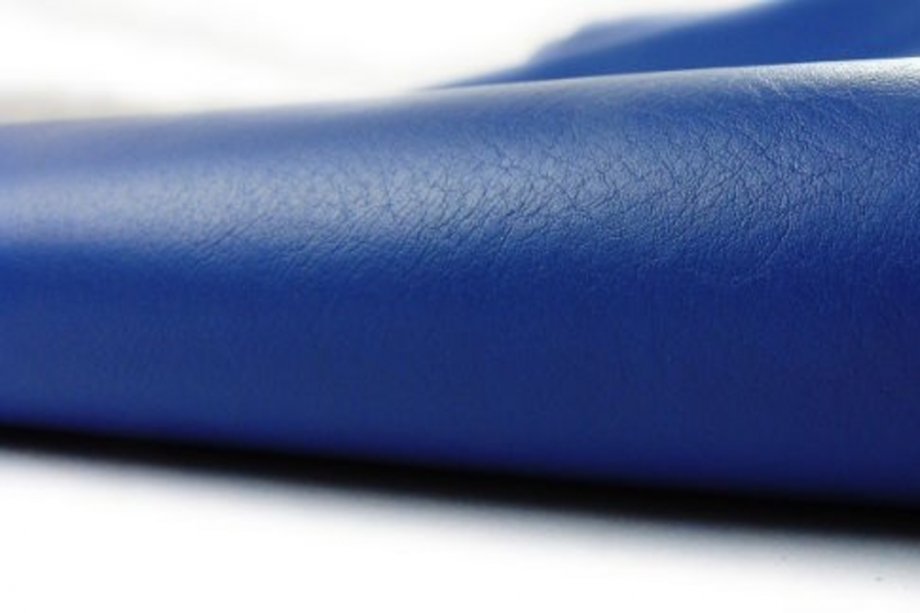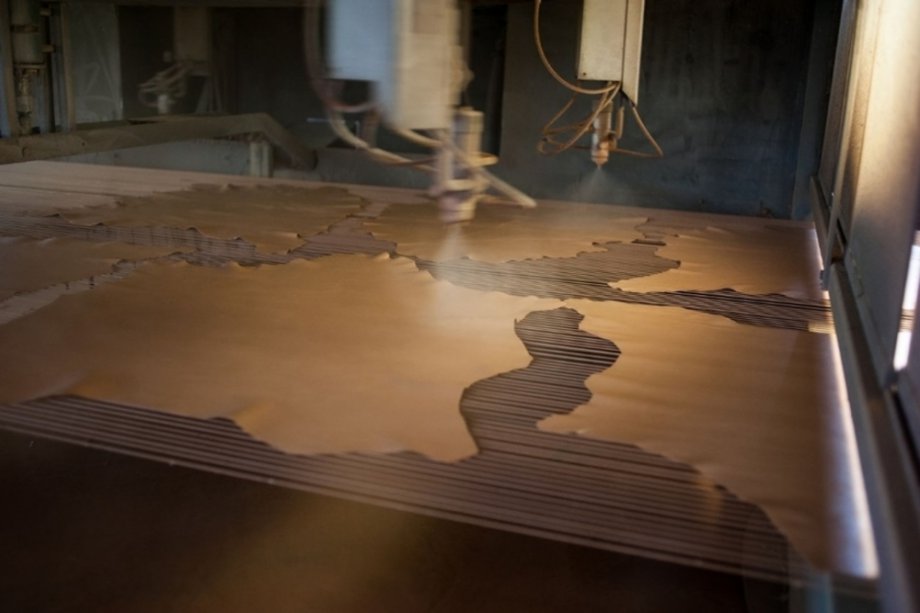What is Aniline Leather?
What does it mean Aniline Leather ?
Aniline Leather is a type of finishing that leaves the surface of the skin exposed and visible to the naked eye (also called full grain or top grain). The procedure is achieved by immersing the skin in clear tanks that add color to the substance while retaining the animal's usual visible pores and skin. In this guide, before and after buying the items, we will see an outline of this method of finishing, its history and all the appropriate advice. Aniline has long been synonymous with elegance in the field of leather and offers the finest sort of leather that the tanning industry has to sell. This manufacturing process offers certain benefits and drawbacks.
Advantages of Aniline Leather hides
- The touch and the sight are very natural,
- Luxury influence
- Keeps the features and signals preserved that make each skin distinctive and distinct from other skins.
- You should only have the finest hides,
Disadvantages of Aniline Leather hides
- More subtle than other kinds
- Higher prices
Key characteristics of Aniline Leather
Aniline leather is, as already mentioned, one of the finest and most elegant leathers, primarily used for the manufacture of valuable items in the field of leather goods. For example, with this style of leather, you can identify handbags, wallets, belts, or other small, high-quality pieces. This method of tanning offers a very natural look to the skin and it is easy to see the natural grain on the skin in all its beauty through the eyes.
Why is this finished so much desired and why is it expensive?
Apparently, the definition is clearer than it would seem. In other words, there are no layers that conceal potential flaws such as bruises, wear or marks, a skin with little final touches looks as it is, as "Nature has done". In order to continue with a finish that is precious and costly like the aniline one, the grain is exposed and it must be sufficiently free from defects. It is possible to apply this finishing process to both chrome tanned leather and vegetable tanned hides. We may make a comparison with wood to explain even better aniline therapy. Wood may have veins, incisions or defects on its surface; wood of poor quality , especially full of defects, must be handled with several layers of materials which are ideal for covering such imperfections. With refined grain patterns, a wood free from defects needs no grinding to cover the defects, but can instead be enjoyed with all its natural elegance and individuality. In the field of aniline leather, this definition is thoroughly applicable, stressing how important it is to have high-quality leather to apply the aniline finish.
"A special leather with personality would be in your possession, displaying its past with pride and without any" trick
Aniline, in a few words, is:
- A organic compound
- It makes the skin distinctive and natural.
- For this form of finish, high leather quality is needed.
- The full completion
Aniline Dye: The root of the name and what it is.
Back in 1826, Otto Unverdorben discovered what we know today as aniline leather dye by the distillation of indigo decomposition materials. It was originally called Crystalline. Subsequently, with chemical separation activities, other chemicals were able to access this material, but each time a new name was given. In 1834 F. Runge removed himself from the tar, giving it "Cianolo" as its name. In 1841, a couple of years later, J. For the first time, Fritzsche gave the name of 'aniline oil' obtained from the treatment of indigo with caustic potash.
The word "Aniline" derives from "Nila" in Sanskrit (ani translated from Sanskrit) and means indigo.
Some years back, in 1856, the first use of the field of tanning took place.
Key Sorts of Aniline Leather
Three major types of aniline-finished leather exist:
- Pure Aniline
- Aniline
- Semi-Aniline
Difference between pure aniline, aniline and semi-aniline leather
- Pure Aniline Leather: we are talking in this case of an absolutely "uncovered" and not colored skin that is by itself without any application or clear film layers. The grain, without any surface coating, appears fully bare. This type of skin finish is obtained by means of a velvet wheel by polishing. The influence is particularly natural.
- Aniline leather: it's the classic aniline leather that we've written about before; the treatment includes applying a thin clear film without incorporating polymers or colors.
- Semi-Aniline Leather: the method of finishing produces a more "covered" surface. Layers with some polymers and pigments are applied to the translucent layer in this situation. The result is less natural than the other two finishes, but still very noticeable is the grain of the skin. The price would also be smaller, but the standard will remain sufficiently high.
Maintenance Recommendations
We have so far spoken about the many virtues of this style of leather, which, while very pricey and sought after, often poses certain facets that should not be overlooked. Naturally, the skin can only be protected by minimally intrusive procedures that retain the leather grain intact. There is a downside to this aspect that brings consistency and value to the skin: the delicacy of the leather.
Compared to other styles of more refined hides coated in more layers, aniline leather has higher wear fragility and foreign agents. We do not mean that only "touching with hand" will affect this form of skin but requires more care to avoid damage to the surface.
The potential errors that may result from a limited amount of focus could be:
- Scratches created by sharp artifacts like keys or edges of metal
- Coffee streaks or other coloring products
- The Abrasions
- Prolonged sunlight penetration
A very long exposure to sunlight will also affect the leather, allowing the original color to disappear unpleasantly. Once again, we emphasize that it is an entirely avoidable problem, so it is worth purchasing high-quality leather. For items subject to external pressures and impacts in general, such as shoes (which are sometimes realized), furnishings put in passages and working leather or sports shoes, the use of aniline is not advised.
Finalising:
- Be vigilant about scratches
- Do not put the leather in the heat for long periods of time.
- It's all worthwhile.
- Finally, we will stress the consistency of an aniline leather once again: relative to the others, you can buy a special and superior commodity.
Where can I find aniline leather available for sale?
The best location is online if you are searching for a place where to buy aniline leather hides! You can find all kinds of aniline finished skins on our website kanileather.com, from the calf sides for bags to the full sofa cowhides to the lambskins for small totes and coats.

